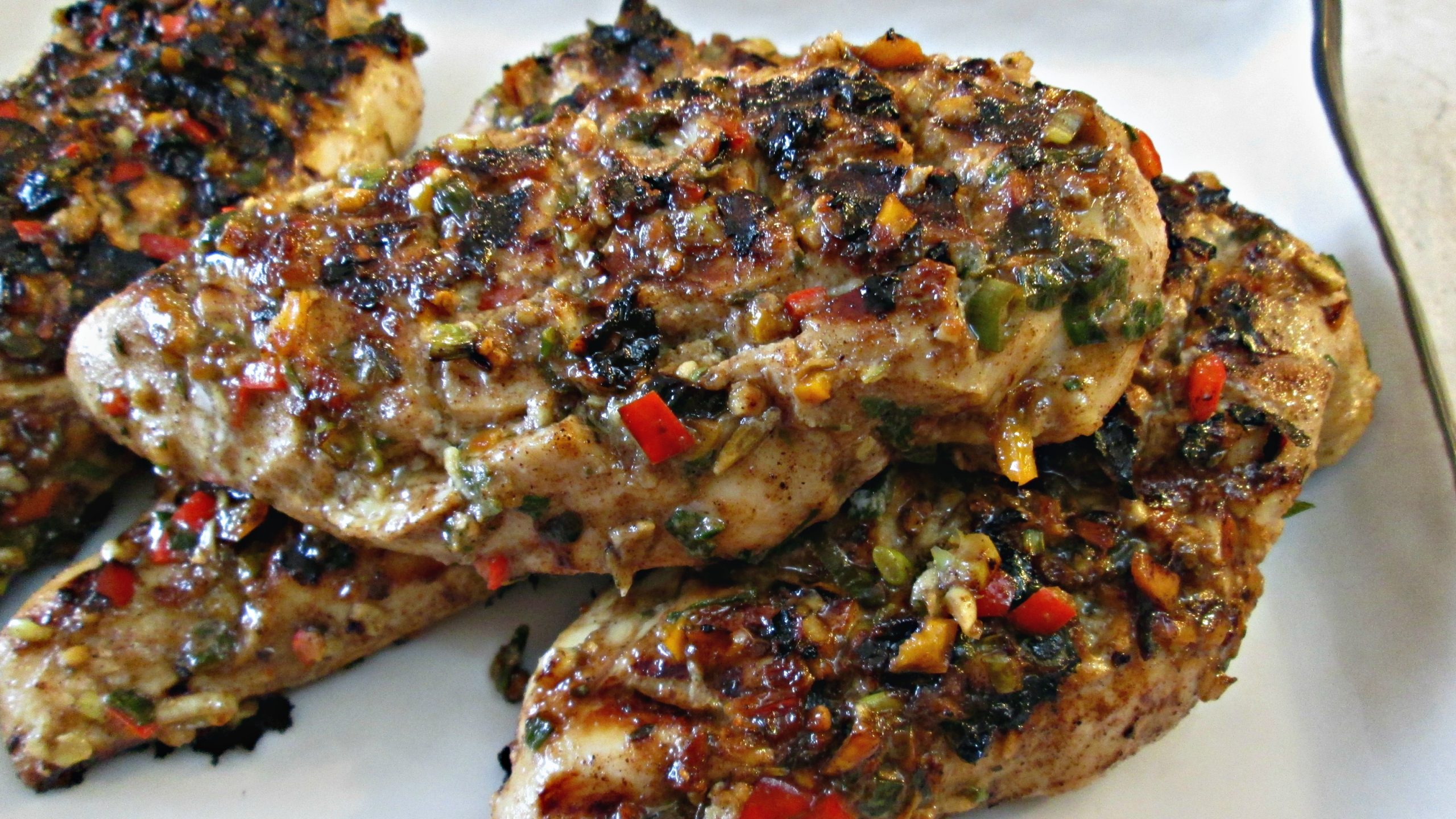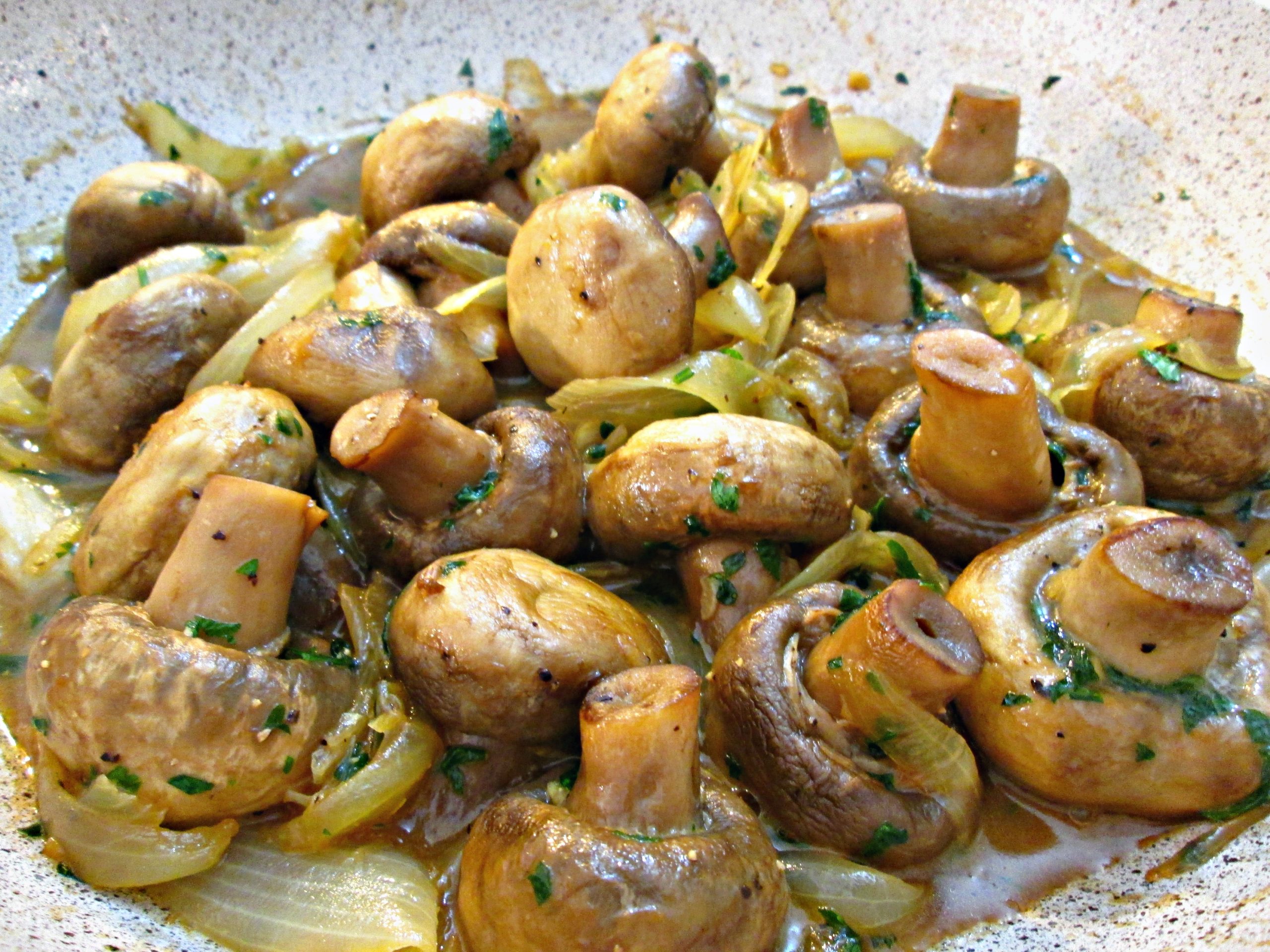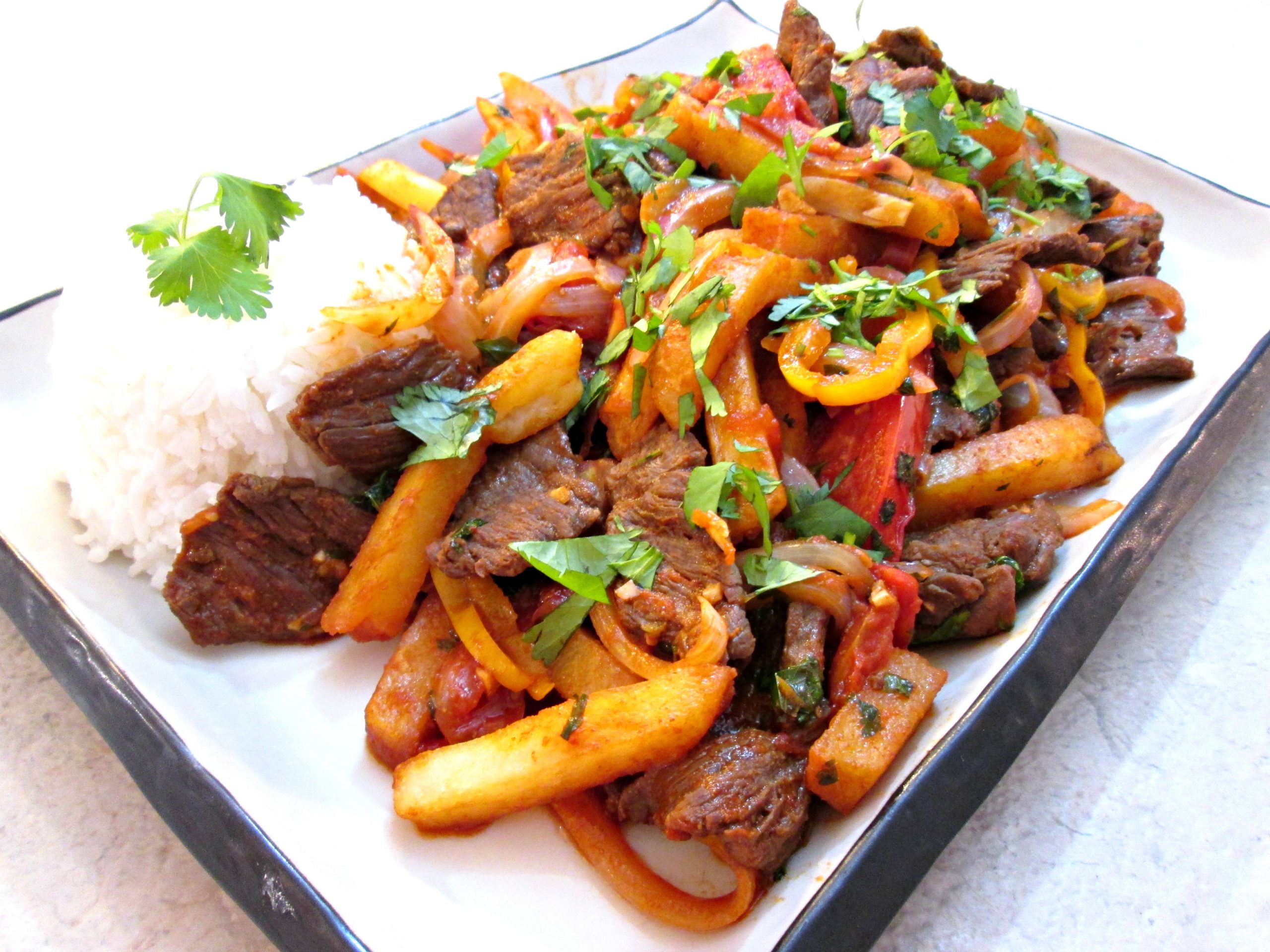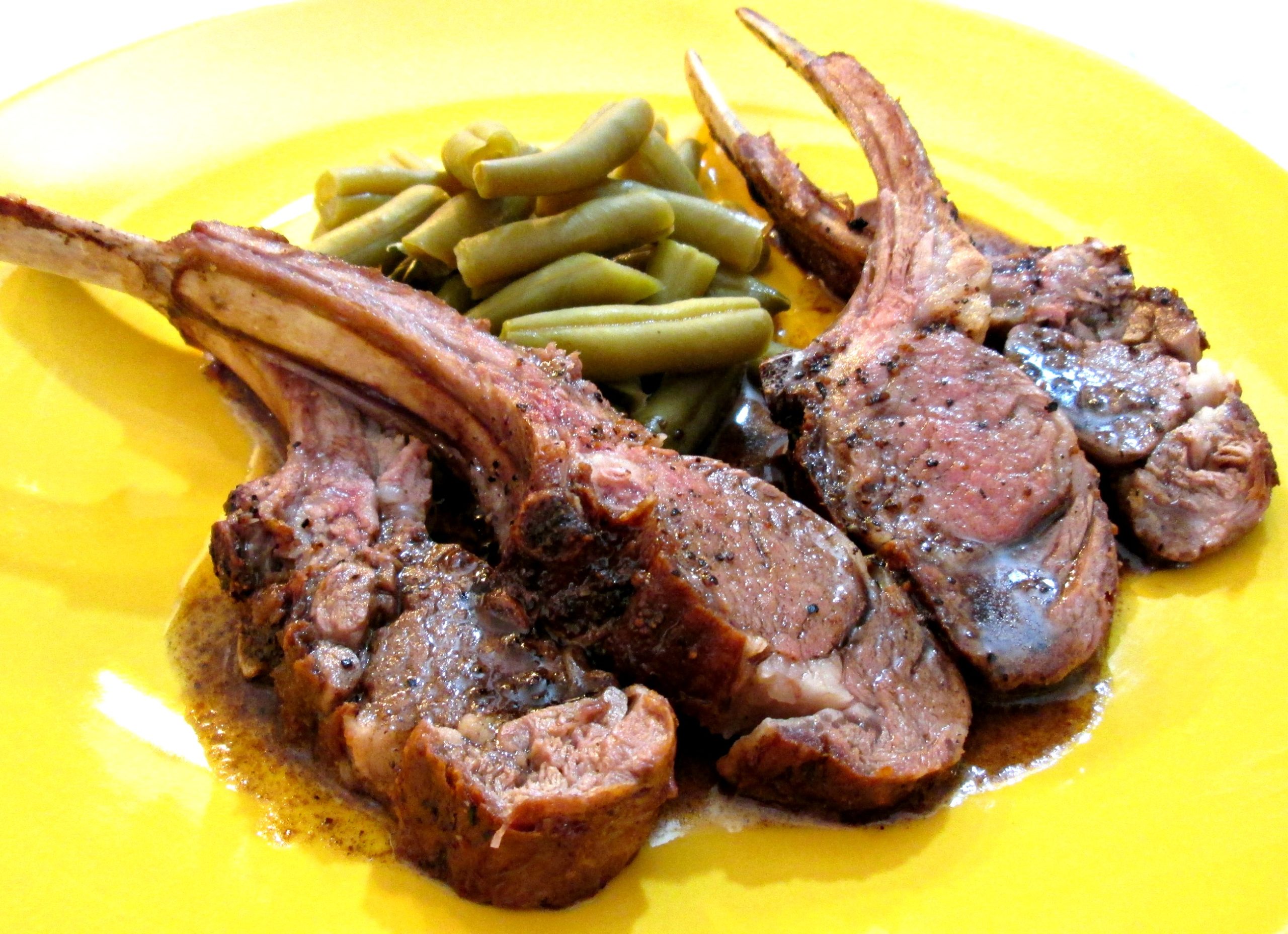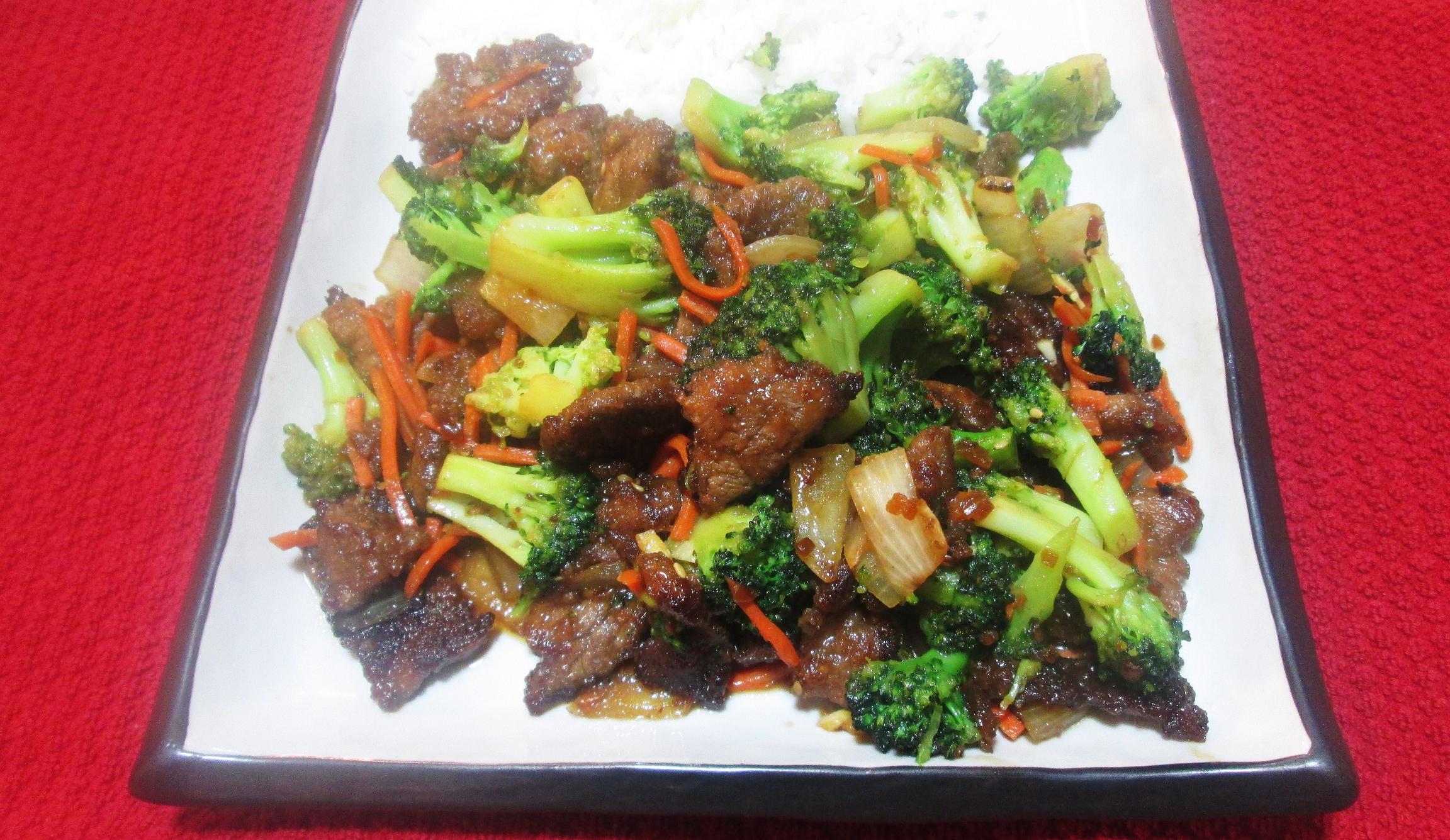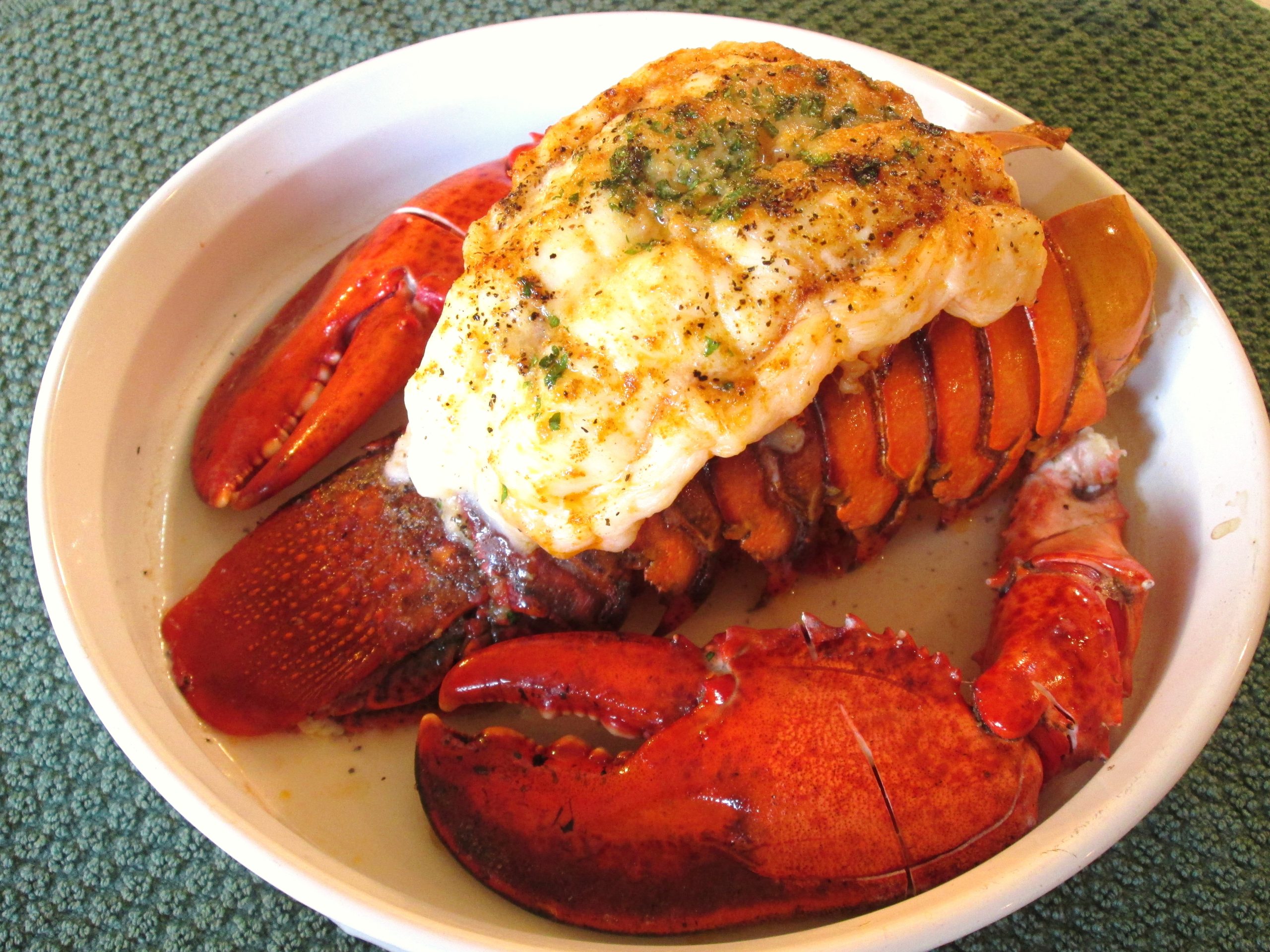
Beef Stew Recipe – Carrots, Potatoes, Parsnips and Steak
The Best Beef Stew When I think of Beef Stew, I’m reminded of those Sunday afternoon dinners my family would have after several hours of church. The only problem was that any stew that my Mom made wasn’t very good because it was always runny, watered down and flavorless. So when I set out to make…
